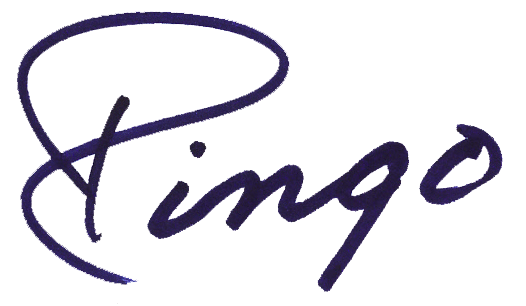Born 1796 in Achilty, and died April 24, 1864 in Munlochy, Black Isle. He was believed to have made bagpipes from 1840 until the time of his death. It is not known where he learned his skill as a turner and maker of bagpipes however he made the Prize Pipe for the Northern Meeting from 1846 to 1864. He was said to have great appeal among the ladies, including Queen Victoria. Of course, he was a prize winner at the Edinburgh Competitions in the 1820's and in 1835 won the first Gold Medal ever awarded at the Edinburgh Competition.
The water colour to the left is said to have been painted at Taymouth Castle in 1840. It is owned by good friend Andreas Hartman-Virnich.
The right and below we have Jeannie Campbell and the John Ban MacKenzie bagpipe at the College of Piping. Jeannie's work in authoring "Highland Bagpipe Makers" is one of the most important contributions to the preservation of GHB heritage.
In November of 2015 I received the following email; "I have recently inherited my grandfather's bagpipes. He was the last of three generations of renowned pipers. Son of Ronald Mackenzie and great nephew of John 'Ban' Mackenzie, my grandfather, Nicholson Thomas Mackenzie, died in Wales in the 1940s. His pipes, and there seems to be two sets, have been poorly looked after since. All the material was recycled during hard times after the Second World War and the solid wooden box that they are kept in has lived in cold damp attics ever since."
"There's a shield on one piece that says they were a present to NTM for his birthday from his loving father 30 Oct 1892. I believe that Ronald was born in 1842, so this would have been the year of his retirement at 50. He was the Duke of R &G's bagpiper from then so he would still have been using his own bagpipe long after 1892."
A clean-shaven NT MacKenzie standing front and center at the 1894 Northern Meeting.
Ronald MacKenzie was John Ban's nephew, born in 1842. He was also father to Nicholas Thomas MacKenzie (NT) and was a piper of considerable skill. He won the Gold Medal for former winners at the Northern Meeting in 1863 and 1875 and the Prize Pipe in 1873.
Below - The shield on the bass mid-section reads "Presented with 5 other sets of bagpipes, a banner,and a donation of money in addition for the band to the London Scottish Rifle Volunteers by Scottish Ladies resident in London June 1861" - "Cuidich in Rhi" translation "Help the King".
Some additional artifacts from the MacKenzie family, currently on display at the College of Piping. The GHB chanter on the far left is stamped in two places "Jn McK". I brought them into Photoshop and arranged them differently in the image below. The first chanter is for a GHB however it's lost it's ivory bulb. The chanter on the right is for this set of bellows pipes and is also stamped "Jn McK". It has a horn bulb. The bellows are stamped D. MacDougall Breadalbane. The drones are not stamped
The chanter in the middle is stamped P Henderson and is a practice chanter. The shape of the bulb is a very early design, pre-1900. This can also be found on pre-1900 Henderson GHB chanters.
The small plaque on the bottom of the GHB chanter reads "Duncan McDougall, To the best player of marches, Breadalbane Gathering, Aberfeldy, Aug 1877".
John Ban MacKenzie































